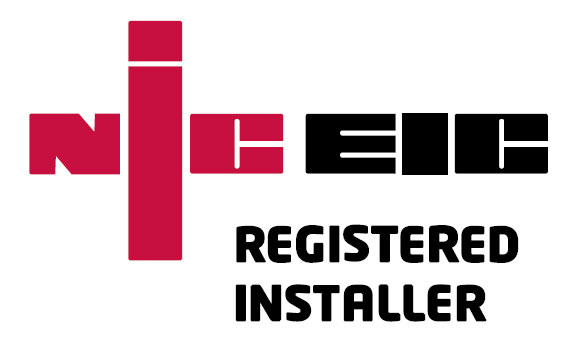Like all professional services there’s a sliding scale when it comes to MVHR commissioning.
At the budget end you get the system installer marking their own homework with a cheap, inaccurate, and often uncalibrated probe or vane anemometer. You can pick something up that’ll give a reading for under £300. No surprise, everything always works perfectly and the measured air flows are exactly what Building Control expected. Job done, move on.
It may need to run flat out just to hit the minimum flow rates, because that old trick means you can put smaller (cheaper) units in larger properties, but like the noise level and energy consumption, nobody is ever likely to test the ‘as-constructed’ ventilation performance. It’s beyond most Building Control Officers, they just need someone qualified to confirm it ‘meets regulations’.
At the other end of the scale MVHR commissioning is very different. For starters, the person who installed it should never be the same person to inspect, commission, and sign it off. You need a concientious, manufacturer approved technician who understands that water leaks cause damage, air leaks spoil performance, and nuisance noise means people switch things off they shouldn’t. Ideally you need the same person who’s going to be responsible for your aftercare, because it’s in their interests to make sure it’s done correctly.
You can tell the difference by the tools they use. Most installers-cum-commissioners still use budget instruments that don’t meet the ±5% accuracy required by Approved Document F1 (2022), meaning they’re technically non-compliant. The only instrument that does is a calibrated Powered Hood Anemometer or DIFF costing over £3,000. Out-of-balance systems waste energy, which is why the manufacturers and other trade bodies want the DIFF writing into regulations.
Cheap systems have two modes, economy and boost, activated by a simple switch. But premium systems can have up to four ventilation modes controlled automatically by environment sensors inside the machine. Away Mode, Economy, Boost, then either Cooling Boost if the system is linked to AC or a reversible heat pump, Mechanical Purge if you have rooms with no openable windows, or Fireplace Mode if you need to flood the room with air while you light the log burner.
Smart MVHR connects to the Internet too. Not just so you can change modes and set programmes from your smartphone, but so the guys providing your aftercare can dial in remotely if you have any queries, saving the cost of an engineers visit. So your commissioning engineer needs to be familiar with networking, firewalls, and home automation through Modbus or KNX. They won’t know as much as your BMS specialist, but they’ll at least know to support them.
And then there’s Passivhaus certification. If you’re going for the badge, your commissioning engineer needs to know how to measure system pressure, energy consumption, and potentially acoustic performance if called for. Setting up smart MVHR properly is beyond most installers.





